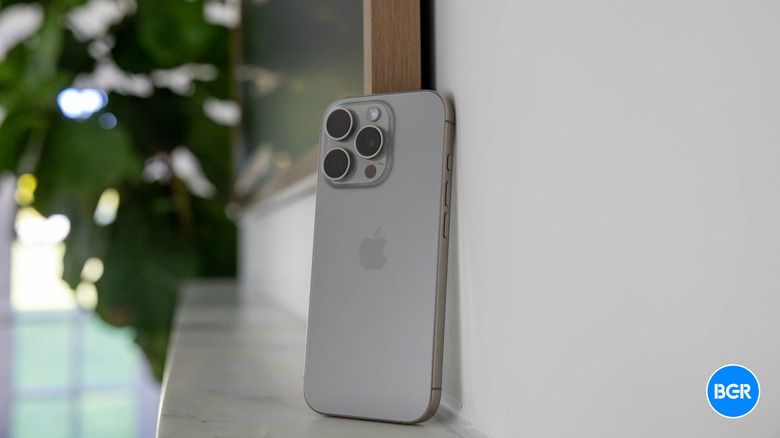iPhone 18 Pro To Feature A Major Camera Upgrade: Variable Aperture Lens
Artificial intelligence might be the main selling point of smartphones this year, including the iPhone 16 series, but the camera experience will continue to be a big factor in choosing one model over the other. Apple has continuously improved the hardware and software of its iPhone cameras, but it did it at its own pace.
Apple never bumped camera resolution to keep up with rivals, nor did it add a periscope camera to the iPhone before it had the right tech in place for the technology. That's probably why we've never had iPhone cameras with variable apertures, but that's about to change in the coming years.
According to Ming-Chi Kuo, the "2026 high-end iPhone 18" will get a wide camera lens with a variable aperture camera, "significantly enhancing the user photography experience."
The insider, known for his generally accurate predictions about unreleased iPhones, probably refers to the iPhone 18 Pro or iPhone 18 Pro Max. Apple has introduced new camera features with the iPhone Pro Max model before making them available to other models.
The sensor-shift optical stabilization system for the wide camera is one example. Introduced with the iPhone 12 Pro Max, it was then made available to all iPhones in the following years. The iPhone 15 Pro Max introduced Apple's first tetraprism zoom camera, which is now available on both iPhone 16 Pros.
Kuo usually sources his iPhone-related information from suppliers, and his latest note is no different. The variable aperture camera detail dropped in an analysis of Sunny Optical's financial prospects for the upcoming years:
3. Potential High-ASP Orders for Variable Aperture Camera Shutters and Lenses in 2026 iPhone 18
One major upgrade for the 2026 high-end iPhone 18 is the wide-camera lens upgrading to a variable aperture camera, significantly enhancing the user photography experience. My latest industry survey indicates Sunny Optical will be the primary shutter supplier (with Luxshare as secondary) and the second variable aperture lens supplier (after Largan Precision). Sunny Optical's advantages include experience designing and manufacturing variable aperture cameras for Android clients, while their strong position in shutter orders supports their lens order prospects.
Apple wouldn't be the first smartphone vendor to adopt cameras with variable apertures. Earlier this year, we saw similar features from phones like the Xiaomi 14 Ultra and the Honor Magic 6 Pro. Before that, Samsung phones like the Galaxy S9 and S10 featured cameras with variable apertures.
A lens with a variable aperture allows better light management. A wider aperture will benefit low-light photography, thus improving night modes and low-light conditions. It could also let users manually add shallow depth-of-field effects to photos, like portraits. A narrower aperture would work best in brighter environments.
Add computational photography powers (AI), and the iPhone could automatically determine the best aperture for a certain shot if manual input doesn't override it. The Camera Control button of the iPhone 18 might also let users set the aperture.
While I'm speculating on how it would all work, seeing Apple improve the wide camera in such a manner makes sense. I'd also expect more iPhone 19 models to get the same wide camera tech. That's assuming that Apple introduces it with the iPhone 18 Pro or 18 Pro Max.
What's interesting in Kuo's report is that it contradicts a mid-July story from The Information, also a source of trusted Apple leaks. We heard at the time that at least one of the iPhone 17 models would feature a mechanical system camera upgrade that would control aperture size. Therefore, the iPhone 17 would feature a variable aperture camera.
It's possible that Apple wanted to introduce the new camera feature with the iPhone 17 but then changed its mind. Whatever the case, we'll surely learn more about the iPhone 17 cameras from new leaks in the coming months.
